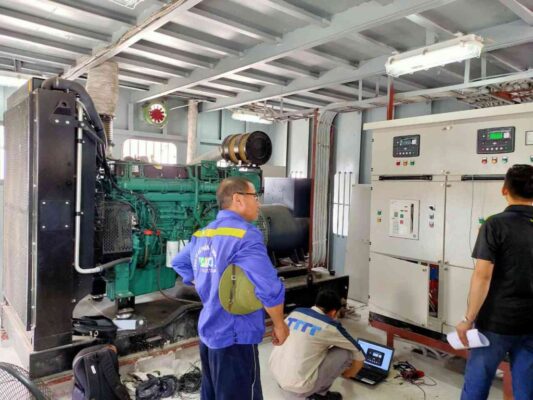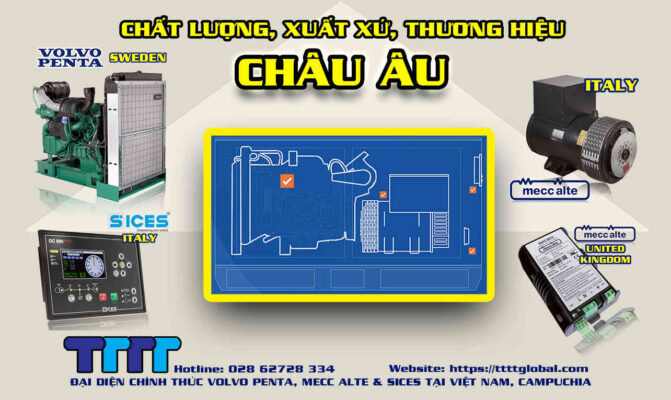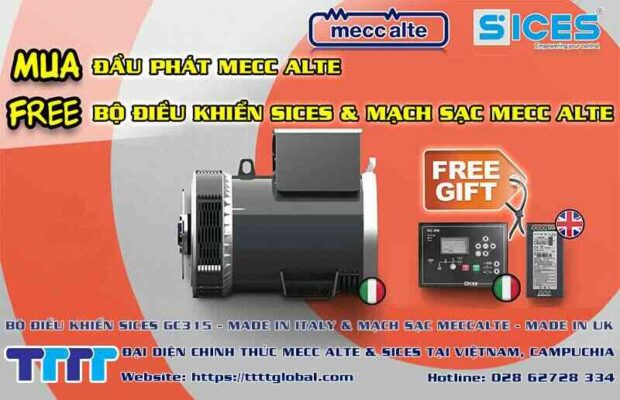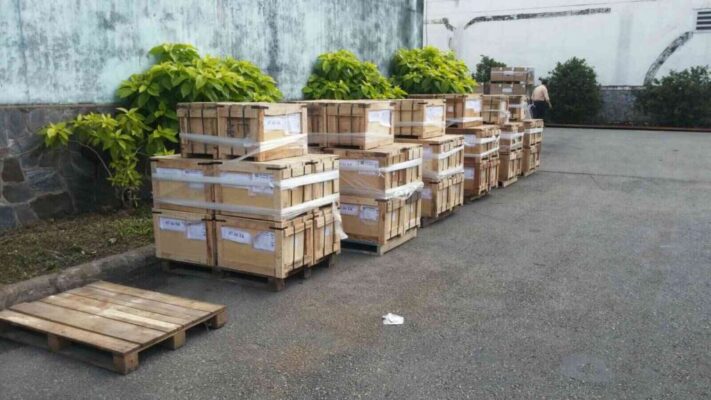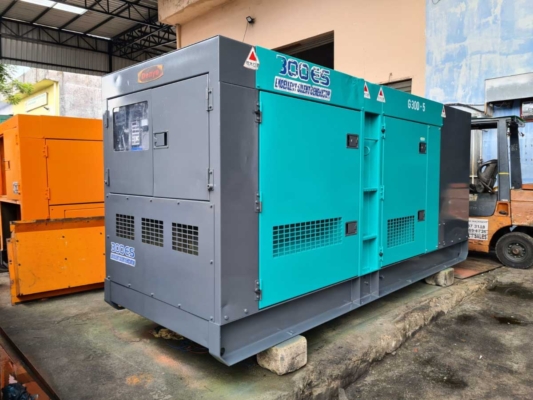Currently, in electronic circuits, there are often many different components and different sizes, but the most commonly used is semiconductor diodes. The uses of semiconductor diodes are very diverse and rich, with many different types and parameters depending on the needs of the circuit and the user that chooses the right type for their needs. Today we will learn about semiconductor diodes in electrical circuits.
You may be interested in the following articles:
- What is the concept and formula for calculating power factor?
- What is electric current? What are the conditions for an electric current?
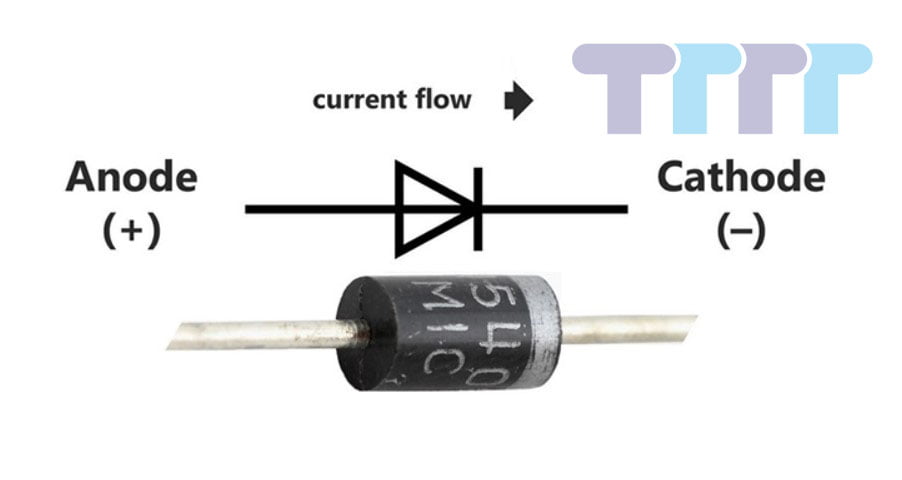
Contents
Uses of semiconductor diodes
Semiconductor diodes are nonlinear passive electronic devices, which allow current to flow in a certain direction without passing in the opposite direction, which is a property of semiconductors in semiconductor diodes. If the current goes in the opposite direction, it means that too much current has punctured and damaged the diode. Therefore, the use of semiconductor diodes is very popular in electrical circuits.
Uses of semiconductor diodes TTTT is to let the current flow in a certain direction to prevent the current going in the opposite direction to affect the device. In particular, semiconductor diodes also have the use of converting alternating current into direct current to suit the needs of use.
Where is the function of voltage stabilizer diodes different from rectifier diodes?
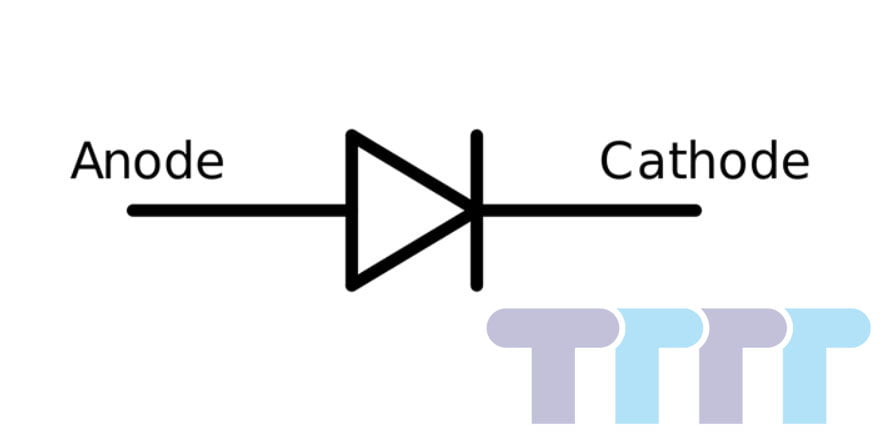
Zener diodes (Standing diodes) is one of the types of semiconductor diodes working in reverse bias mode on the breakdown voltage region. So Zener diodes can’t work when reverse current passes, unlike rectifier diodes.
Rectifier diodes for the function are widely used components that convert alternating current into direct current. wiring is the most popular function that can use 2 circuits, half-wave rectifier circuit and full-wave rectifier circuit.
Voltage stabilizer diodes are different from rectifier diodes in that Zener diodes (Voltage Stabilizers) even if they are punctured, they will work normally without being damaged, but the rectifier diodes will be damaged if they are broken when a large reverse current flows through them.
See more: Generator diode and its special structure.
What is the structure of a semiconductor diode and a semiconductor diode?
Construction of a semiconductor diode
Structure of semiconductor diodes from semiconductors, including 2 semiconductor wafers P and N are connected together and illuminated from the 2 pins of the diodes, the Anode is the positive pole and the Cathode is the negative pole. Semiconductors are all made of silicon and other substances such as selenium and germanium.
Semiconductor diodes are composed of many types of the same structure such as conventional rectifier diodes, zener diodes and leds. Each type has a different use such as rectifier, voltage stabilizer or luminescence.
What is the use of a semiconductor diode?
The main effects of each type of semiconductor diode are:
Rectifier diodes: The main effect is to adjust AC voltage to DC voltage through full-cycle rectifier circuits using 4 rectifier diodes and half-period circuits using 1 rectifier diode (from DC to AC).
Voltage Stabilizer Diodes: The main effect is to regulate a stable voltage in an electrical circuit. Helps the circuit to operate stably without the impact of voltage adversely affecting the operation of the entire system.
Led Diodes: The main effect is to glow in electrical circuits or glow in led systems. LED diodes do not have the main effect in the circuit like rectifier diodes or voltage stabilizer diodes, but the main effect is luminescence with many colors depending on the adjustment of the user and the manufacturer.
See more: Permanent magnet alternator and notes when using.
Company name:
TTTT GLOBAL co Ltd,.
Address: Landmark 4 Building, Vinhomes Central Park, 720A Dien Bien Phu Str, Ward 22, Binh Thanh District, Ho Chi Minh City, Vietnam.
Website: https://ttttglobal.com/en/
Hotline: +84286 2728 334
Email: Info@ttttglobal.com
CATEGORY: TECHNICAL QUESTIONS AND ANSWERS
RELATED POSTS

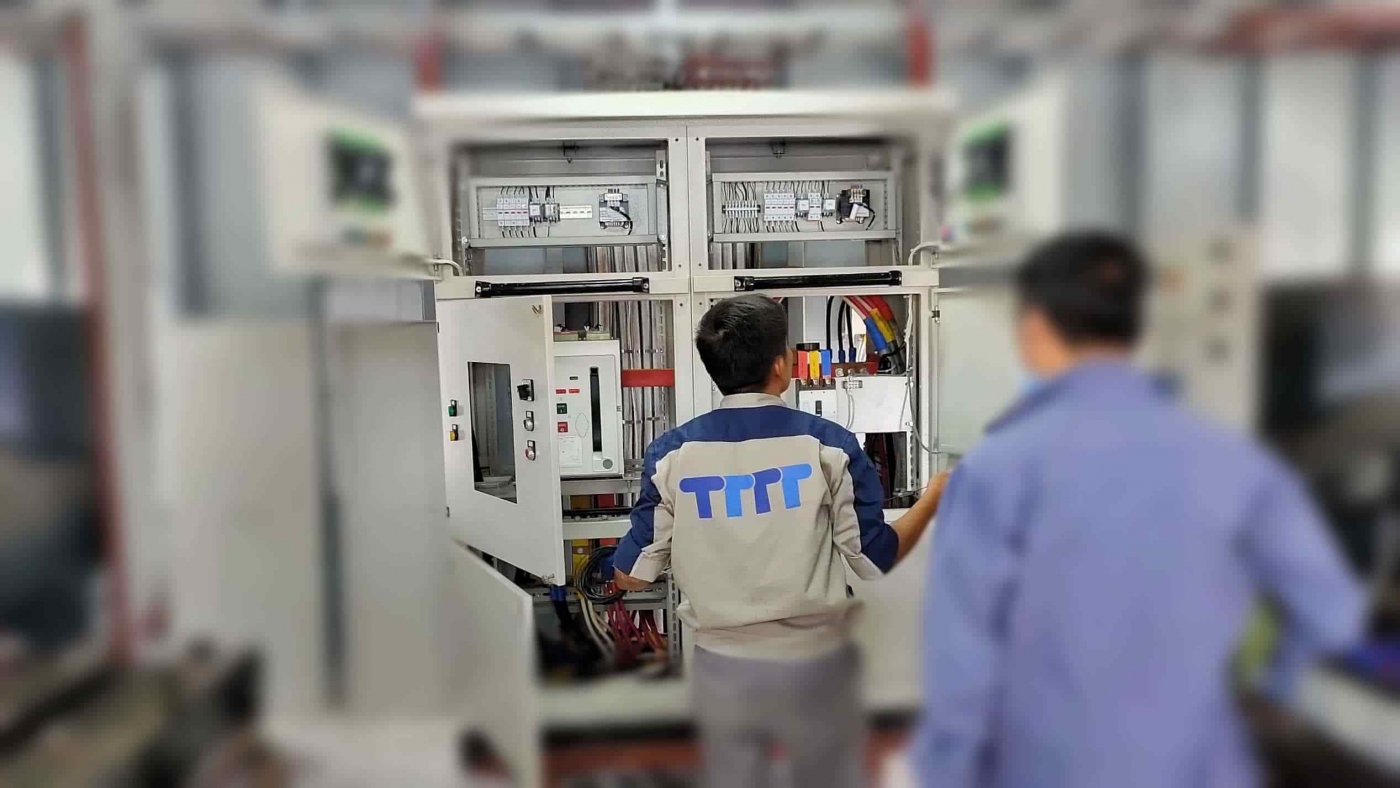
![Volvo Penta price list for [Made in India] engine 2022 volvo-penta-made-in-india](https://ttttglobal.com/wp-content/uploads/2022/04/volvo-penta-made-in-india.jpg)
